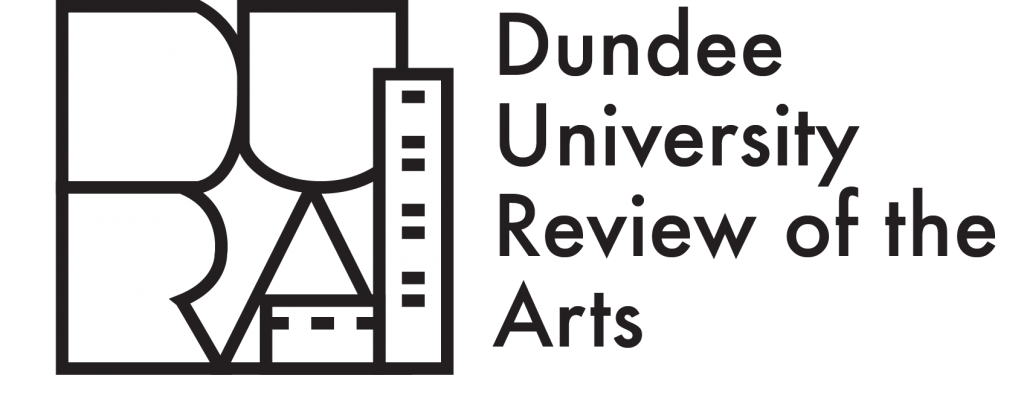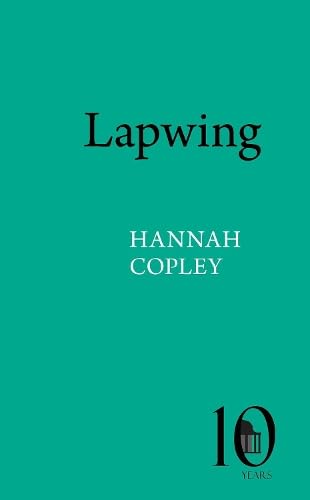Lapwing
Hannah Copley,
(Liverpool University Press, 2024); pbk £10.99
Hannah Copley’s second collection Lapwing intermeshes avian environments and human emotions, overlaying natural and social ecologies into a bleared landscape of unsustainability and grief. Copley interweaves the relationship between the bird, Lapwing, and his neglected daughter, Peet, with a sequence documenting whole flocks of unidentified birds in ‘SIGHTING’, a delicate juxtaposition balancing personal and environmental predicaments.
Through the latter sequence of lyrical police reports and witness statements, it is hard to tell if we are observing a flock of migrating birds or a mob of misguided humans, ‘larking without a permit’ as they are, with ‘eyes glassy.’ This surveillance parallels Peet’s personal documentation of her absent father Lapwing, bearing witness to the devastating effects of addiction and abandonment:
Birds have their demons too. Otherwise
heard as diversions.
[…] Drink, violence,
no sense of direction, reneging on a promise
to mate for life, insolence. Otherwise known
as a deceit, for every short, sharp peet-peet-peet
there are ten tew-its that never catch the wind.
Repeatedly ‘otherwise known as,’ Lapwing constantly morphs form and identity amidst the throes of a migration distorted by addiction, ironically losing his sense of self in the process. His multitude of associations renders the all-encompassing nature of language restrictive, restrained, and elusive, as Lapwing flits and flutters away from our full understanding. Copley’s alliterative and assonant soundscapes encapsulate blunt attempts at intergenerational communication, simply lost to the sky, calls unanswered. Seeking to make sense of someone who by nature cannot be clearly understood, the narrator is unable to grasp a satisfactory justification for her abandonment, as she laments in ‘Mnemonic Technique’:
How to mourn something
never known as anything
Peet’s nuanced grief for a paternal figure that is simultaneously a stranger, ubiquitously embodying everything and nothing, heightens Lapwing’s fragmented fluidity in ‘XII’:
Otherwise known as lore unto himself.
Lapwing. Such intellect, such grace, such
promise, that killer voice – the kind of reedy
tenor tipsy birds can’t help but fall for at a
house party, at picnics and evening jam sessions.
A clutch of partners, of habitats. Otherwise
known as a mosaic.
Humanity’s hedonistic destructiveness is microcosmically re-enacted through the skewed lens of tree branches and rustling leaves – the ‘lore’ of Lapwing indicates a tale of predestination; migration across an unforgiving, hostile environment inevitably induces the splintering of Lapwing’s resolve, as is explored in ‘Progress report’:
a whole life lived and pecked to fluff –
except for the carnage that sodden
love can leave in its wake.
Each daily observation,
each survey with a view to save him,
the endless dreaming of his outline
concludes fatherhood
to be a temporary resurrection
a wetland given leave from its draining.
Across an erratic land mirroring Lapwing’s own unpredictability, Peet’s constant surveillance only ends in the ironic admittance that ‘I know it’s possible that I never really met him.’ Her attempt at understanding her father’s neglect is met with fluff and feathers, a delicate scattering of possibilities unable to be truly grasped. Amidst an alarming backdrop of ecological crisis, transitioning from flooded to infertile, Peet seeks to revive an unsustainable relationship and environment, providing profound insights on how individual experiences interconnect with a wider ecopolitical climate.
A postmortem is indicated through the ‘bloated appendix’ of the collection and ‘of Lapwing’ himself, presenting the undisclosed ‘final decision // on where to nest in this deterrent world.’ With a reluctance to lay destructive desires to rest, we are shrouded in an unsatisfactory state of uncertainty passed from one generation to the next. Whilst this stasis in characterisation risks narrative underdevelopment, tragedy is acknowledged alongside migrations for survival, hauntingly and emotively rendered by Copley, thus making us ponder our relationships and responsibilities to ourselves, others, and the environment. Her bleak yet beautiful bird biography transcends species, ambitiously challenging the Anthropocene of relentless consumerism and ecological damage, asking how do we break this cycle and take new flight?
Orla Davey


Leave a Reply